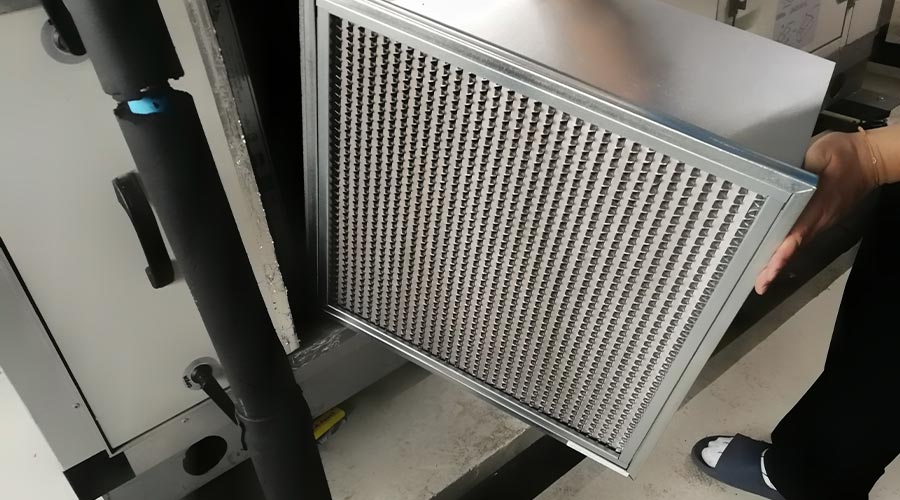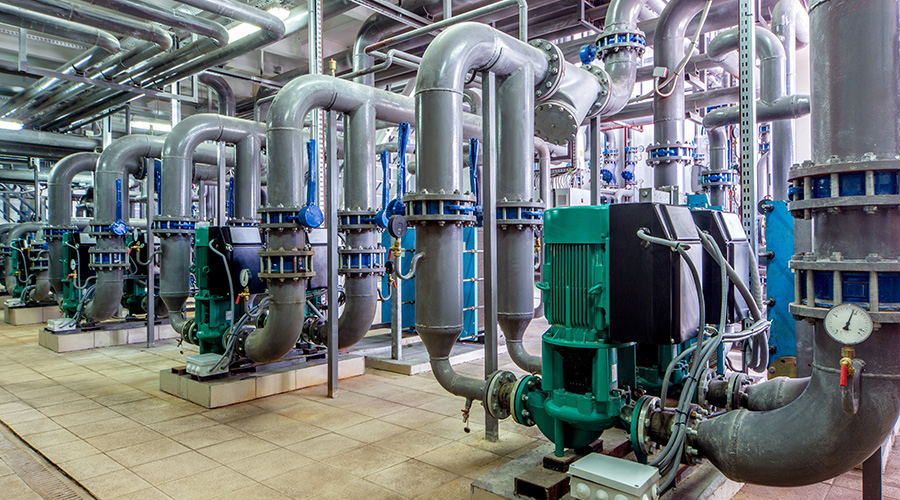Boiler Retrofit at University of Texas Uncovers Pleasant Surprises
When the University of Texas at Austin had to comply with the state's air-quality compliance requirements for power-plant emissions, Ryan Thompson knew his department had an expensive challenge on its hands.
Boiler upgrades are among the most complex and costliest challenges for institutional and commercial facilities. For maintenance and engineering managers, such projects require months of advance planning to ensure success.
Thompson, the project engineer for the university's Utilities and Energy Management Department, anticipated the university's two primary boilers — one from the 1950s and another from the 1970s — would need to be replaced.
Instead, he was surprised to receive a contractor's proposal that not only saved the university millions of dollars. It also allowed it to keep its venerable boilers.
"We wanted to continue to run our legacy equipment and in an affordable manner without a complete back retrofit, and they were amenable to that," says Thompson of the Texas Commission on Environmental Quality, which monitors boiler emissions.
Seeking the right fit
The University of Texas at Austin is one of largest campuses in the country, with more than 50,000 students and 200 buildings spread across 425 acres. All of the university's heating and energy is generated at the Hal C. Weaver power plant, which provides power, steam, chilled and demineralized water, and compressed air.
Thompson was the project manager for the retrofit, which began in 2005 when the state's environmental group met with the university about obtaining a voluntary emissions-reduction permit, with a goal of reducing nitrogen oxide (NOx) emissions from boilers to 25 parts per million (ppm) by 2007.
"We booked a deal that would reduce the nitrogen oxide ppm out of two of our boilers and limit the hours on two of our other boilers to one month a year, (for) emergency situations only," Thompson says.
The two boilers affected by the retrofit were a 150,000-pounds-per-hour, four-burner unit installed in 1958, and a 500,000-pounds-per-hour, eight-burner unit built in 1972.
When Thompson started researching the retrofit project, replacing the boilers was a primary concern. But the contractor's proposal of a combustion-control system — which included re-use of nearly all the auxiliary equipment for the boilers — made the most sense and allowed the university to keep its boilers.
With the control system, airflow is controlled by a variable-frequency drive on one of the fans. Modifications also included a separate variable-speed recirculation fan and new ductwork for flue-gas recirculation.
Because of the drives, operators for the first time were able to bank the boilers, Thompson says, meaning they kept one firing just enough to keep it at pressure but not produce any steam.
The retrofit did require a change of motors on the boilers because Thompson was concerned the old motors could not handle the new drives. Workers retrofitted an inverter-rated motor set for the 1950s boiler and found that the original motors for the 1970s-era boiler were strong enough to handle the job, helping to avoid a motor retrofit for that unit and keeping costs for the project to a minimum.
"They're very robust boilers, especially the 1958 one," Thompson says. "It's built like a tank, with thick pipes, and we've done very good maintenance over the years."
Related Topics:













